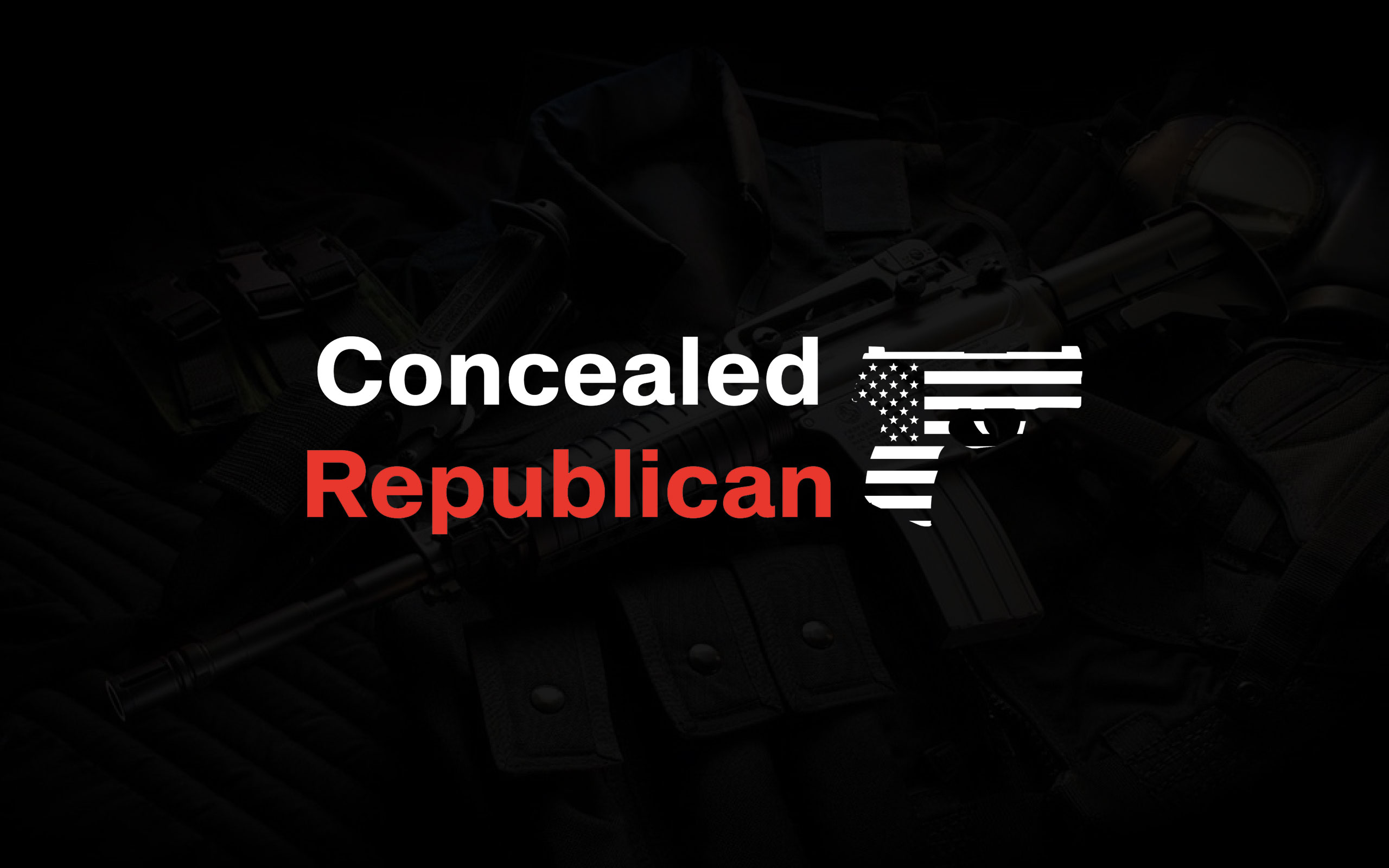Colorado was once a fairly pro-gun state, but the influx of new voters from California seems to have changed the politics of the state forever. Now, they’re solidly blue and have a strong affinity for gun control these days.
One of the laws they have on the books is a red flag law. A lot of anti-gun states have them and a lot of people think every state will eventually get one. Yet I want to talk about Colorado’s for a moment, in part because Colorado also has sanctuary counties. This came up earlier this week when the Colorado Springs sheriff’s department was sued over the Club Q shooting.
The argument is that law enforcement didn’t seek the red flag order on the killer for a previous offense when they had ample reason to do so. Colorado Springs is a sanctuary county, and while that doesn’t seem to be a key point in the lawsuit itself, I suspect it’ll come up.
But the question is, do sanctuary counties use the red flag law?
Well, apparently, they do.
Thirty-seven percent of all petitions in Colorado between 2020 and 2022 were filed in counties that made proclamations against red flag laws, calling themselves “Second Amendment sanctuaries.”
…
In Colorado, fewer petitions are granted in sanctuaries possibly because the percentage of orders filed by police is significantly lower. But red flag laws are still being used – with some notable differences.
The petitions filed and granted in sanctuary jurisdictions are more serious than those filed in nonsanctuaries. Nearly 1 in 5 involved a shooter threatening to kill at least three other people in addition to themselves. More than 90% included threats to shoot specific people such as family members, partners or law enforcement officers.
In many of these cases, the sense of danger was heightened because the person was reportedly experiencing hallucinations, had a history of contact with the police or was misusing drugs or alcohol.
Now, this information doesn’t somehow absolve cops in Colorado Springs. It’s not going to give them any pass in the eyes of the courts during the lawsuit.
However, the fact that they do use them is interesting.
First, while this doesn’t say anything about Colorado Springs–in fact, Colorado Springs isn’t mentioned in the piece at all–it does suggest that there was a reason officers didn’t seek a red flag order for the eventual shooter.
One issue I have with the lawsuit is that attorneys filing the lawsuit have the benefit of hindsight. They can argue that the sheriff’s office should have sought an order because they know that one was warranted well after the fact.
Of course, there’s also no requirement for anyone to seek out a red flag order. That’s a judgment call that has to be made, and while it’s easy to look back and say they got it wrong–and, really, looking at this twerp’s history, that’s really easy to say–but we weren’t there in the moment.
For other areas outside of Colorado Springs, it seems that while they might be sanctuary counties, they’re not above using the law when it’s beneficial. Of course, this piece argues that sanctuary status was a response to red-flag laws exclusively when that really isn’t the case. It was against gun control as a whole, particularly regarding federal gun control, which seemed a real possibility at the time.
I’m not overly surprised to see them use the tools available to them. I’m also not surprised that cops in sanctuary counties aren’t looking for more opportunities to use them.
I don’t know if it’ll help the Colorado Springs Sheriff’s Office in the least, nor do I know if the lawsuit will change how sanctuary county departments view red flaw orders.
But that’s definitely something to track.
Read the full article here





![CNN’s Tapper Says Biden WH Lied to Cover Biden’s Decline, Forgets He Helped [WATCH] CNN’s Tapper Says Biden WH Lied to Cover Biden’s Decline, Forgets He Helped [WATCH]](https://www.lifezette.com/wp-content/uploads/2024/10/2024.10.15-02.59-lifezette-670e8346d1938.jpg)



![Salma Hayek Stuns as Sports Illustrated Swimsuit Covergirl at 58 Years Old [WATCH] Salma Hayek Stuns as Sports Illustrated Swimsuit Covergirl at 58 Years Old [WATCH]](https://www.boredtrashpanda.com/wp-content/uploads/2025/05/2025.05.13-06.35-boredtrashpanda-682390db795c4.jpg)
